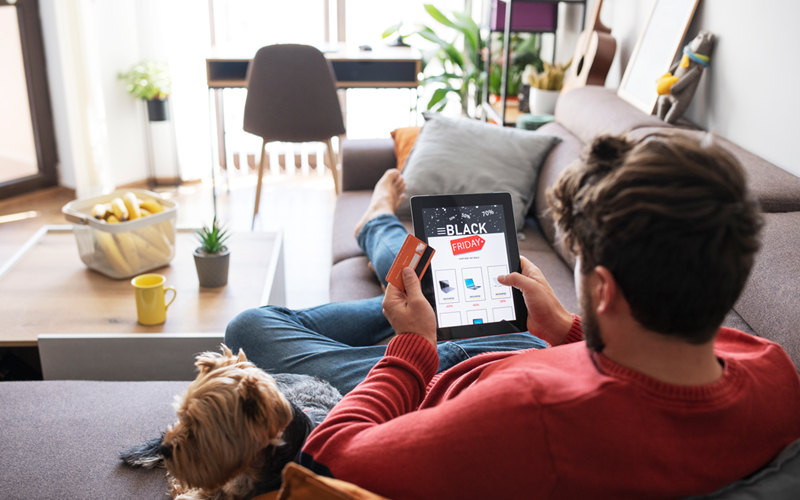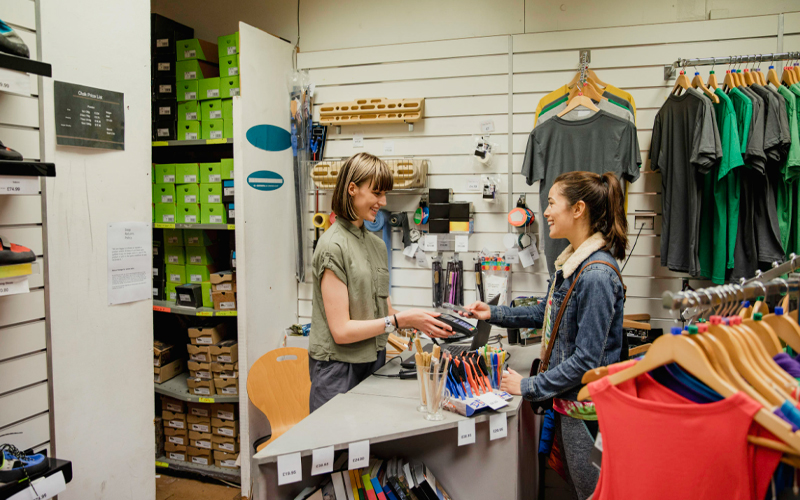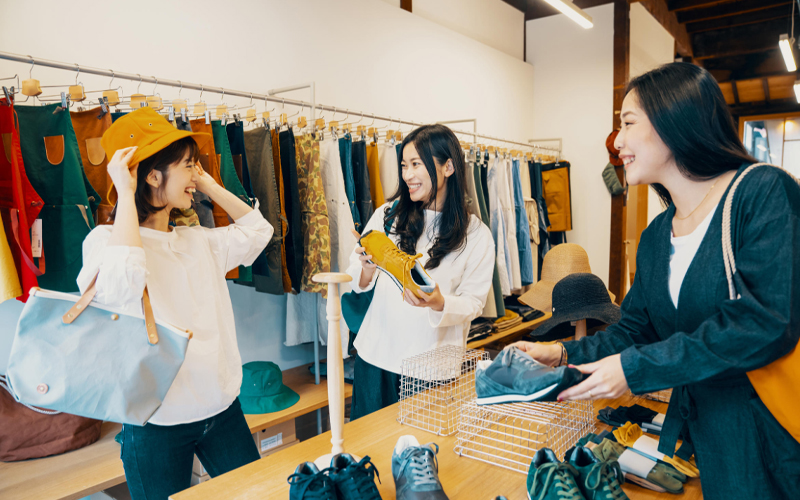With the proliferation of e-commerce and online shopping sites, it has become crucial for physical retailers to find ways to deliver a great in-store customer experience with strategic floor plans and displays.
Factors such as the retail store’s layout, visual stimuli, and the location of various touchpoints significantly impact the store’s footfall and sales. While online shopping offers convenience, brick-and-mortar retail scores over e-commerce in brand engagement, personalisation opportunities, and insights into local trends and preferences.
An optimised retail store design makes the most of these advantages. It ensures that customers effortlessly find what they need while subtly encouraging them to buy more.
What is in-store optimisation?
In-store optimisation (ISO) is a data-driven process of making strategic design changes to store interiors to enhance the shopper experience, increase operational efficiency, and drive more sales. ISO typically includes optimising the floor plan, product displays, visuals, and the point of sales (POS) area based on customer behaviour analytics and sales monitoring.
Let us consider each factor individually:
-
Floor plan
-
Strategic product display
Product placement must align with behavioural psychology to maximise sales.
Most retailers place new arrivals, seasonal items, and displays with curb appeal at the front of the store to draw in customers. Best-selling items and essentials are often in the middle or back, forcing customers to walk past other products that they might be enticed to buy.
Clearance items require grouping together, and impulse buys, such as knick-knacks and candy, sell best when placed near the POS area.
In-store promotions and offers can drive conversions only when there is sufficient room for people to gather without friction as they test the promotional products.
-
Store visuals
An optimally designed retail store includes visual elements that appeal to its target audience. Lighting, colour schemes, store-front displays, window displays, wall-mounted accessories, graphics, and in-store furniture are the key visual elements that assist in increasing footfall.
That is why top-selling toy stores feature bright-coloured interiors, eye-catching accessories, and free-flowing floor plans, while clothing stores feature warm lighting and strategically placed mirrors.
-
POS area
Logistically, it is best to place the POS or checkout area near the back of the store or at the end of a looped shopping trail. The optimal POS position for your retail store design depends on your floor plan, footfall, and checkout queues.
The POS area is among the best placements for impulse-buy items. Apparel stores typically place travel products and accessories near the POS, while drug and grocery stores place candy and packaged beverages at the checkout to entice people to buy while waiting in the queue.
The floor plan is the core feature of a brick-and-mortar store. A retail store floor plan usually falls into one of six categories – grid, herringbone, loop, diagonal, geometric, and free flow. Your ideal floor plan depends on your space availability, products, and target audience.
For instance, the grid pattern works best for grocery and hardware stores with a predictable traffic flow and customers with specific needs. A free-flow pattern is a good option for high-end designer stores that need to make a style statement and attract niche customers.
A conservative looped path may appeal to an older demographic, while a mixed geometric pattern may attract millennial and Gen-Z shoppers.
Key metrics in retail store design optimization
Modern retailers have the advantage of customer-tracking tools such as in-store cameras, POS systems, and mobile apps that generate data on customer demographics, behavioural patterns, and sales. If you are planning to optimise your retail store layout, below are the three key metrics you should track through your in-store data:
-
In-store sales funnel
All those who walk past your store are potential leads, while those who buy from your store are conversions. You can increase your conversion rate by ensuring that more customers walk in the door and retaining engagement through strategic displays and product placements.
You need to experiment to find out how to turn your target audience into high-value buyers. You could use visual merchandising, promotional offers, or discounts.
Improving conversions also entails increasing the average order size through effective marketing strategies, such as increasing the visibility of high-performing brands and placing BOGO offers on clearance stock.
-
Customer movement
Track what paths your customers frequent while in the store and where they spend the most time. You can then strategically place high-value items along the most travelled paths.
-
Operational efficiencies
Efficient operations ensure fewer mistakes, better execution, minimal waste of time and resources, and an enhanced customer experience.
With streamlined operations, you can improve your store performance and drive higher ROI on labour costs. Track your peak-time and off-peak hours’ data to ensure that you have the right staffing levels to handle stocks, customer service, and housekeeping.
For organisations on the digital transformation journey, agility is key in responding to a rapidly changing technology and business landscape. Now more than ever, it is crucial to deliver and exceed on organisational expectations with a robust digital mindset backed by innovation. Enabling businesses to sense, learn, respond, and evolve like a living organism, will be imperative for business excellence going forward. A comprehensive, yet modular suite of services is doing exactly that. Equipping organisations with intuitive decision-making automatically at scale, actionable insights based on real-time solutions, anytime/anywhere experience, and in-depth data visibility across functions leading to hyper-productivity, Live Enterprise is building connected organisations that are innovating collaboratively for the future.
How can Infosys BPM help?
In-store optimisation is a crucial aspect of trade promotions for CPG businesses and retailers. An optimally designed and well-managed store can drive greater operational efficiency and higher ROI on promotional spend. Infosys BPM offers high-quality trade spend management services to help you on this journey.
Our trade promotion management services deliver digitally enabled analytical solutions to help CPG clients in realising their ideal TPM model. Our comprehensive suite of services includes advisory and consulting services for trade promotions, technology implementation, and data analytics. Know more about retail outsourcing services.








